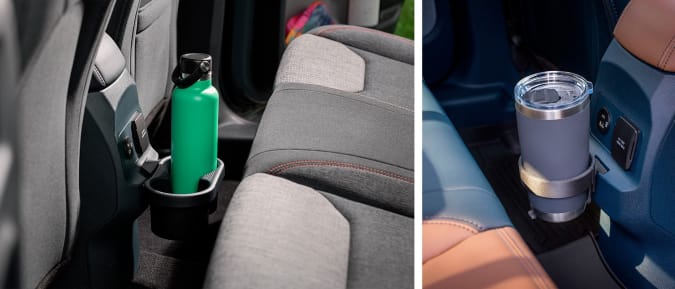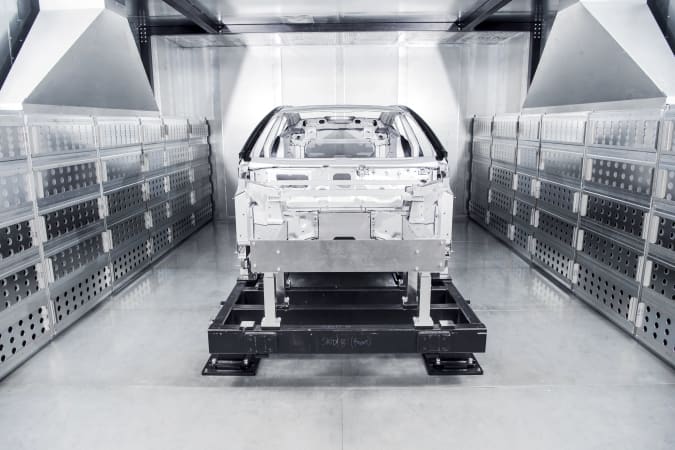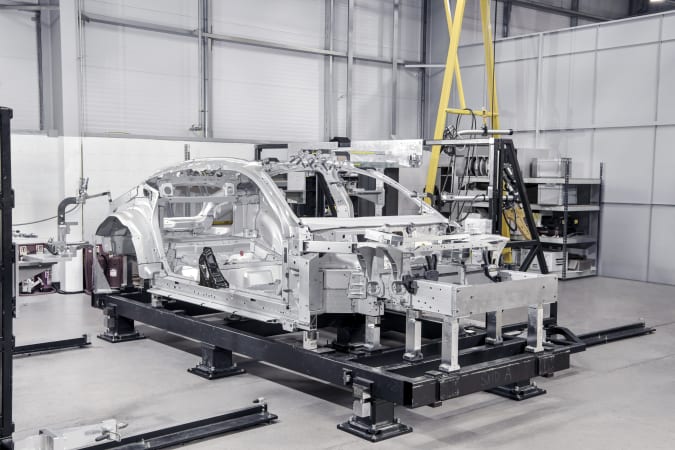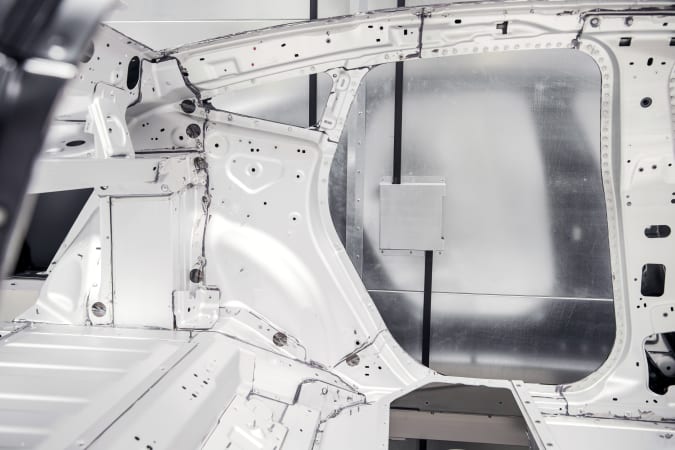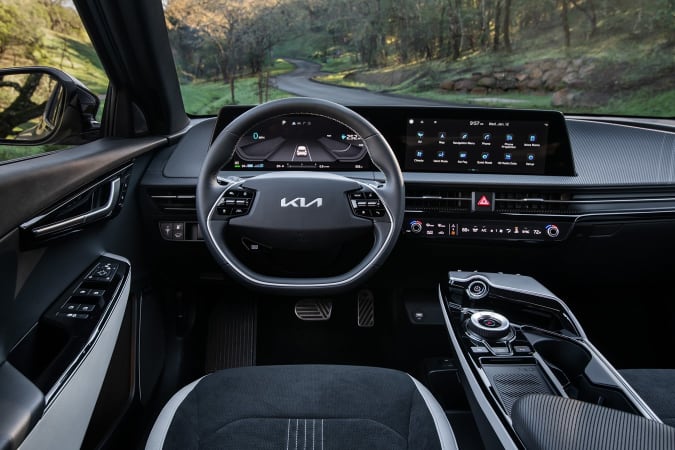The pandemic spurred a boom in electric bikes and other alternative urban transportation modes as city dwellers looked for less-crowded ways to get around their streets quickly and easily without resorting to cars. Now, one of the companies that benefitted from that trend is announcing a big round of funding to expand its business. Cowboy, a Brussels-based startup that makes e-bikes and an accompanying app to manage various services related to them, has raised $80 million in a Series C round of funding.
Exor, HCVC and Siam Capital co-led the investment, with Tiger Global, Index Ventures, Eothen, Isomer Opportunities Fund, Future Positive Capital and Triple Point Capital also participating. Cowboy — which has raised $120 million to date — is not disclosing its valuation, nor any sales numbers, but it says that it’s on track to reach 100,000 riders by 2023.
Adrien Roose, the CEO and co-founder of Cowboy, said he was inspired to build the startup based on three different experiences. His previous company, food delivery startup Take Eat Easy (which eventually shut down), relied a lot on bike riders for deliveries; these were primarily carried out on conventional push bikes, which meant a certain, accepted lag worked into the startup’s logistics network. Separately, Roose visited his grandfather and saw that he was using an electric bike to get around. As a cyclist himself, Roose viewed e-bikes as just that: practical-but-ugly vehicles for older people who couldn’t drive and didn’t have the strength for conventional bikes. His a-ha moment was when he realised that those e-bikes could have helped his bike delivery network work faster, while also contributing to a better environment in the city overall, compared to the motorbikes or cars that were otherwise used for delivery.
“It took me a while to understand that e-bikes could become popular not just with the elderly,” he said. “Electrifying the bike has made cycling more accessible to everyone.”
Roose and his co-founders Karim Slaoui (Cowboy’s VP of hardware) and Tanguy Goretti (Cowboy’s CTO) set out to design a bike that would appeal to a different kind of consumer, a younger urban dweller. Cowboy designs its bikes from the ground up — a marked difference, Roose said, from many others on the market that might design the frame but then buy in components from third parties. Cowboy bikes are known for their sleek, brushed-metal lines and relatively light weight (a Cowboy bike weighs around 19kg, comparable to its close rival Van Moof); their discreet battery positioning (it’s a long tube that in turn locks into the back of the seat tube); and 70km battery life.
Cowboy today has two models of its gear-free electric bikes for sale, the C3 and C4 (retailing for £2,490; or just under $3,000).
Alongside the bikes, Cowboy has developed an app that you use with the bike that provides a range of free bike-related services, such as route planning, bike tracking, diagnostics, and the ability to track your own progress and compare it against other Cowboy riders in your city.
The plan is to use the funds to invest in three areas.
First, Cowboy wants to continue developing the tech on the bikes themselves. One area where Cowboy’s CEO and co-founder Adrien Roose said he’d like to see some movement is for the price for these bikes to come down over time.
“This has been on my mind since the day we started because we want to accelerate the transition to cycling and if you go into thousands of dollars for a bike, it starts to become one of the most expensive purchases a customer might make.” Originally, he said, the aim was to sell the bikes for less than €1,000, although the complexities of designing them from the ground up has meant that that the prices have ratcheted up to be significantly more than that. Now, as the company scales, it has a chance to use that to ease the price down over time.
Second, Cowboy plans to add more services and functionality to its app, which is shaping up to be a separate revenue stream for the company with the recent addition of paid services such as insurance, crash recovery and “Cowboy Care,” a bike repair and maintenance service that is currently available in 22 cities. It’s also dabbling in a circular economy model, where Cowboy owners can sell used Cowboy bikes on the startup’s platform.
And third, Cowboy wants to hire more talent to execute on the first two points, and to expand across more markets. The company expanded into the U.S. in 2021, and while Europe accounts for the majority of Cowboy’s business today, North America is growing fast, so that will likely be one focus for hiring and business expansion.
“While global efforts in combating climate change have led to increasing support for the decarbonization of urban mobility, the need for more sustainable modes of transportation has never been more apparent, especially among this era of conscious consumers. By marrying best-in-class hardware, software and subscription services to deliver an elevated experience, Cowboy is uniquely positioned to emerge as a leader in making electric bikes not only accessible but also aspirational. We could not be more thrilled to partner with them as they continue to bring their mission to market,” says Sita Chantramonklasri from Siam Capital, in a statement.
Cowboy quotes estimates that project sales of $50 billion for e-bikes in the next six years, but that will include a wide plethora of brands and business models. Indeed, Cowboy is competing in the market not just against other modes of transport and other e-bike makers: there’s also been a massive profusion of electric bike rental platforms from the likes of Uber and others. This becomes a compelling way for more casual consumers to use e-bikes without making the significant investment into buying one.
Roose says that he sees shared ownership and on-demand players as a boost to Cowboy’s business.
“I’m deeply convinced that bike sharing platforms have greatly helped us educate the market on what an e-bike is, to understand the value it can bring you,” he said. “Also frankly we don’t compete directly. I use my bike but I also rent by the minute for short trips on the go. It’s a very different use case.”

